snow salt
Snow Salt from Okinawa: Why Is It the Best?
Linh Le
Posted on November 24, 2023
Share:
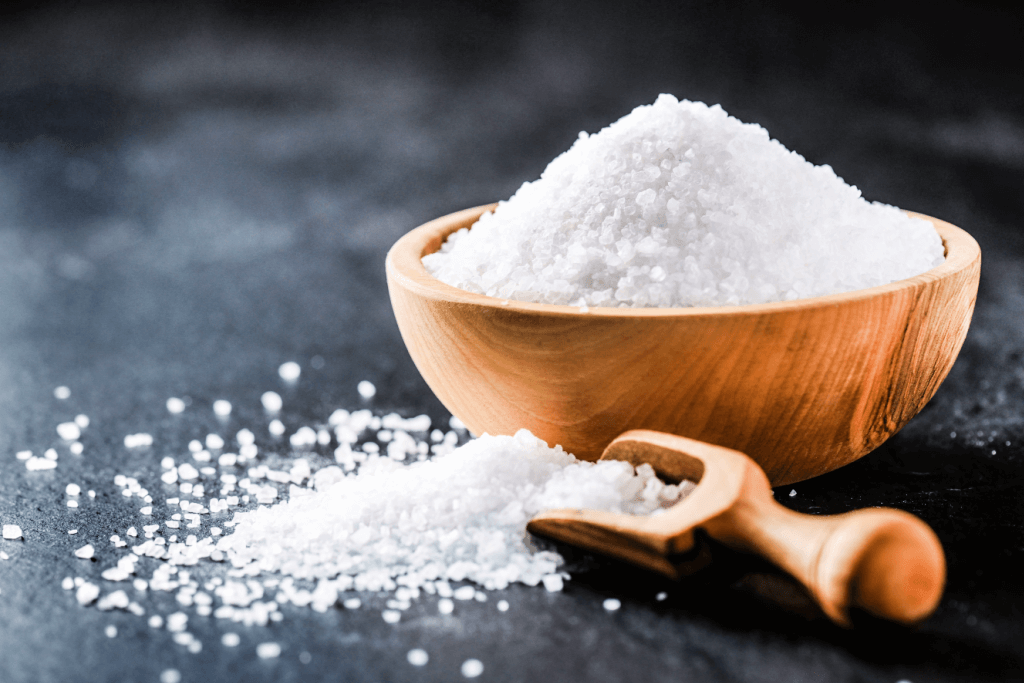
Snow salt, or yukishio(雪塩) in Japanese, is powdery, snow-like salt made from the underground seawater of Okinawa. If you’ve ever been to Okinawa, you may have seen yukishio displayed in souvenir shops or eaten snacks made with it. So, what is the difference between snow salt and ordinary salt? Let’s get to know about this particular Okinawa condiment!
What is yukishio?
In Japanese, “yuki” means snow, and “shio” means salt, so basically, “yukishio” is a type of salt that has a smooth, white powdery appearance, just like snow. Not only its look but also what makes it so unique is its richness in minerals that are hard to find in other types of salt. There are over a dozen minerals in yukishio, including sodium, magnesium, potassium, calcium, and iron. As a result, the Guinness Book of World Records listed yukishio as the “World’s Best Salt” in August 2000.
Where did yukishio come from?
Yukishio comes from Miyakojima, an island in the southern region of Okinawa Prefecture. It has an ideal underground environment to produce the finest snow salt. Miyako Island has long been famous for its beautiful beaches and clean ocean where coral grows.
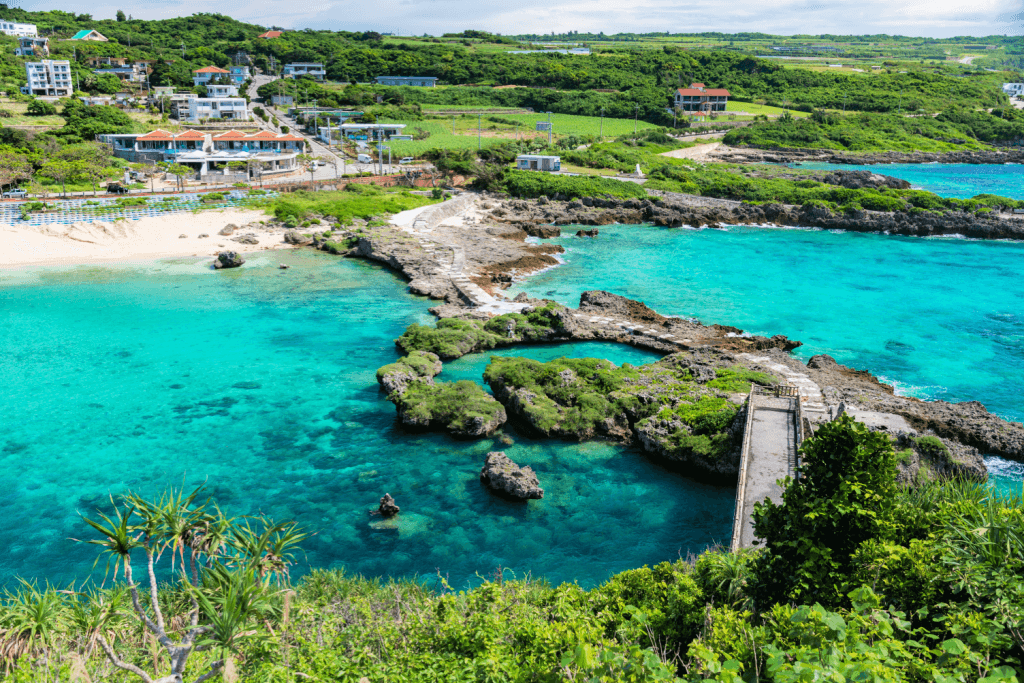
With many tiny cavities, Ryukyu limestone constructs this island, acting like a giant filter to remove all the impurities. Operators pump the purified underground seawater below Ryukyu Limestone and instantly evaporate it by a heated metal board to produce it. After they filter it multiple times, they’re able to extract the salt and then package it!
Looking for some traditional taste from Japan like yukishio? Check out Sakuraco! Sakuraco brings the best Japanese snacks, sweets, tableware, and more from local Japanese makers right to your door!
What is the difference between regular salt and snow salt?
In the general method, producers concentrate and extract seawater to obtain salt. This commonly known process involves boiling seawater for about two days, which separates salt from the bittern or “nigari.” In contrast, the production of snow salt involves a special method called instant evaporation, where seawater evaporates quickly, allowing the crystallization of “nigari” without separation.
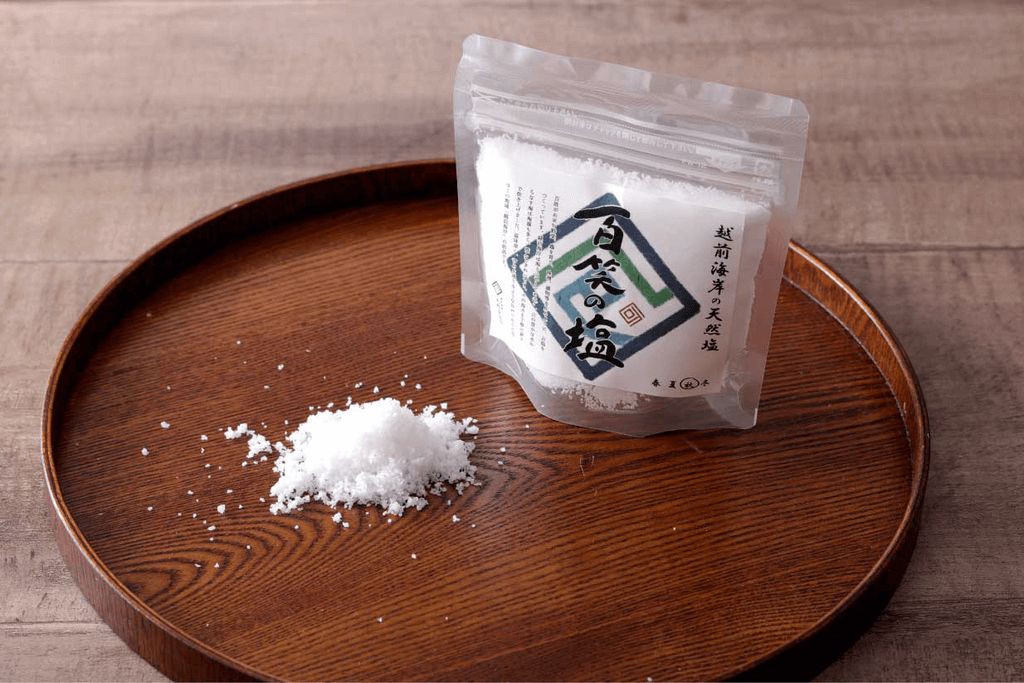
The instant evaporation method is mainly attributed to the high content of sea ingredients in snow salt, as bittern, a seawater solution made from evaporated salt, is involved. Because of the high content of these elements, the sodium chloride content in snow salt is relatively low. Moreover, since it contains a lot of nigari compared to regular salt, some people may find it a little bitter, sweet, and sour in the aftertaste. However, as a seasoning, it is unique in that it deepens the richness of ingredients.
From the ocean to the table: The daily use of snow salt
Because snow salt is so acceptable, it quickly melts into any other ingredient. Not to mention, it’s best to use snow salt for making tempura and rice balls. Unlike other types of salt, snow salt has a relatively mild saltiness; it is best used to enhance the original flavor of the ingredients rather than to enjoy a strong salty taste. For onigiri (rice balls), yukishio makes it easier to enjoy the flavor of rice, while for tempura, snow salt helps deepen the flavor of the dishes.
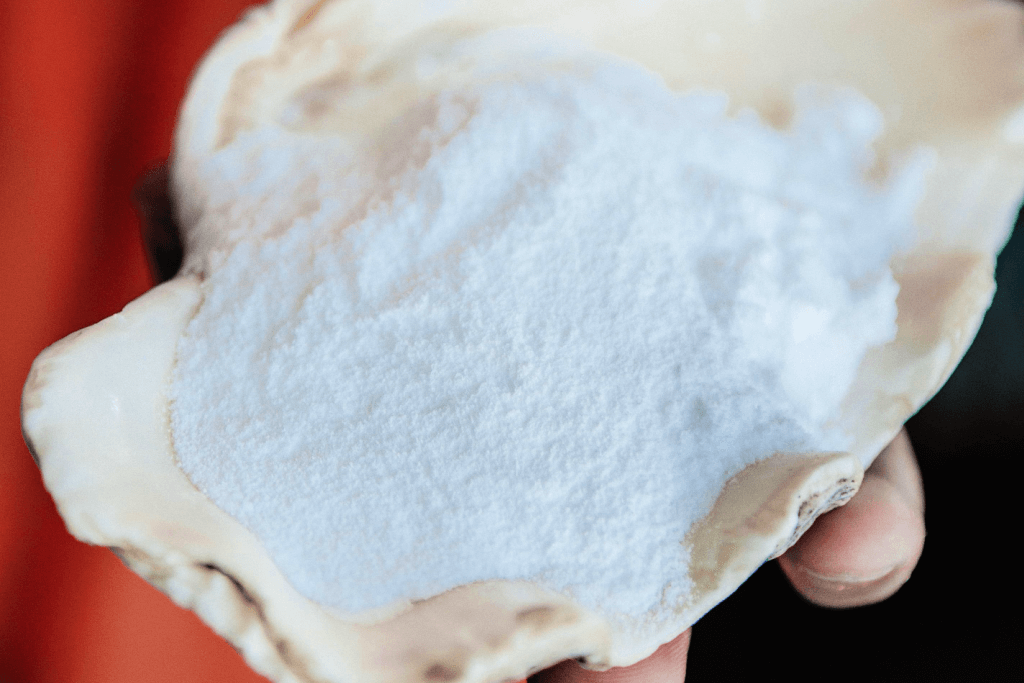
Apart from that, it can also be used in baking and making desserts. Thanks to the moderate saltines, it pairs incredibly well with dairy products, creating a refreshing, sweet, and salty aftertaste. Enjoy the best original yukishio soft-serve ice cream at Yushikhio Museum on Miyako Island. Don’t miss the opportunity to try out yukishio soft-serve ice cream or salt chinsuko (Okinawan-style cookies) if you can visit Okinawa.
What’s the difference between powdered vs. coarse sea salt?
Two types of snow salt can be used according to your needs. One is a silky powder type characterized by its ability to blend well with other ingredients. This type is recommended for seasoning meat or making desserts. Since it is in powder form, it is not as heavy as it appears, so to achieve the same saltiness as usual, use three times as much as it appears.
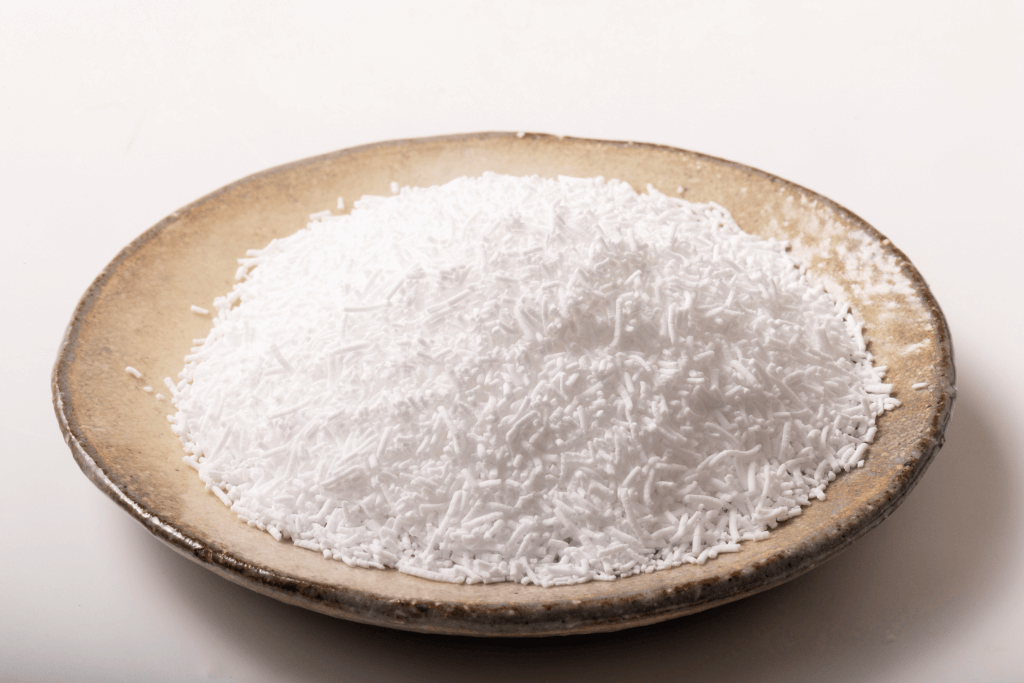
On the other hand, there’s also the granulated type that is easier to use. You can use it like ordinary salt in everyday dishes such as simmered and stir-fried menus. Overall, Okinawa sea salt is a unique and delicious condiment that many people enjoy with sweet and savory dishes worldwide! Have you ever tasted dishes made with yukishio? Can you tell the difference in taste between yukishio and regular salt? Which one do you prefer? Let us know in the comments!

Discover authentic flavors with Sakuraco
Get Sakuraco 

Discover authentic flavors with Sakuraco
Get Sakuraco 
Related Articles
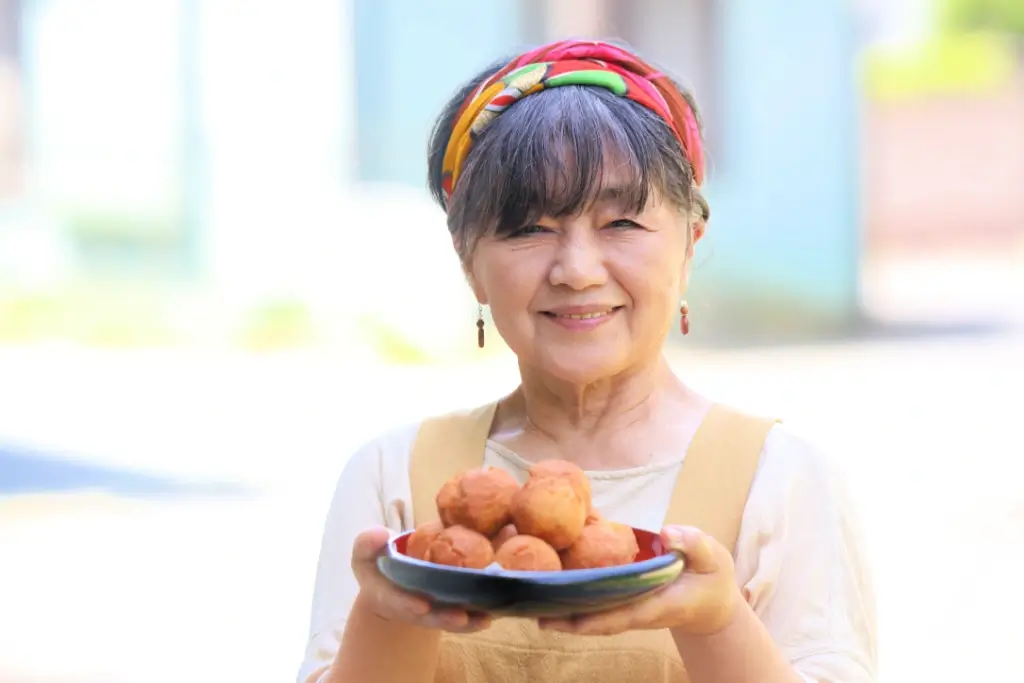
Sata Andagi and More Great Ryukyu Cuisine
Sata andagi, often called Okinawan doughnuts, are a beloved traditional snack. Let’s look at more great food from the area!
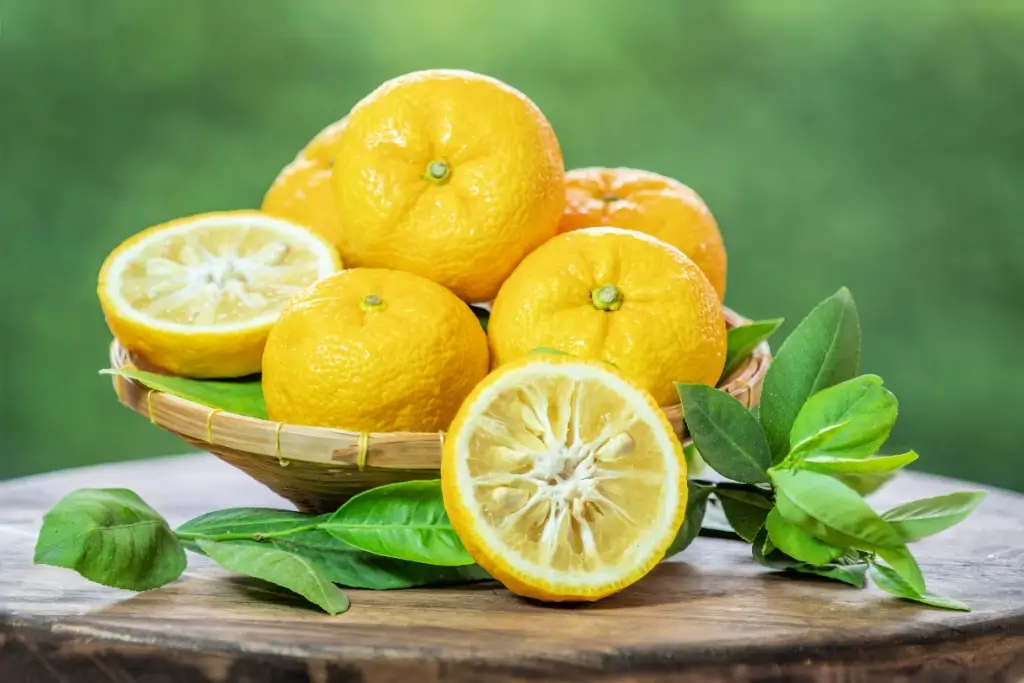
Yuzu: Japan’s Citrus Wonderfruit
Yuzu is an ancient citrus fruit that has been cultivated in Japan for centuries. Its strong, tart flavor has made it an essential ingredient in many Japanese recipes.
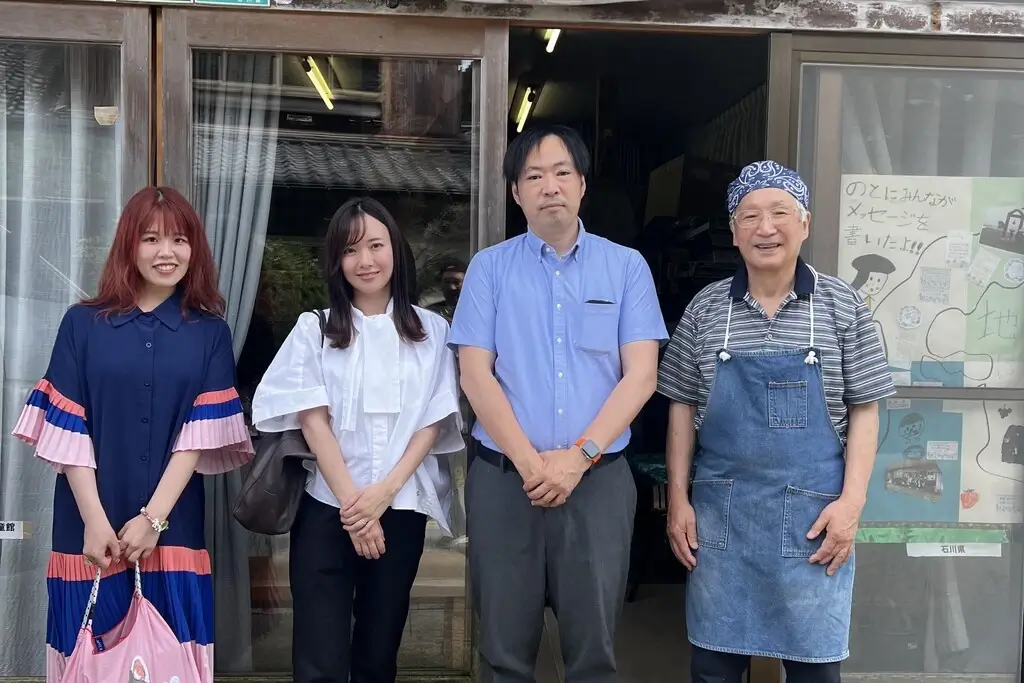
Rice Candy Galore: Yokoi Shoten from Ishikawa
For over 500 years, Yokoi Shoten in Ishikawa Prefecture has made rice candy using simple ingredients while following methods passed down through generations.
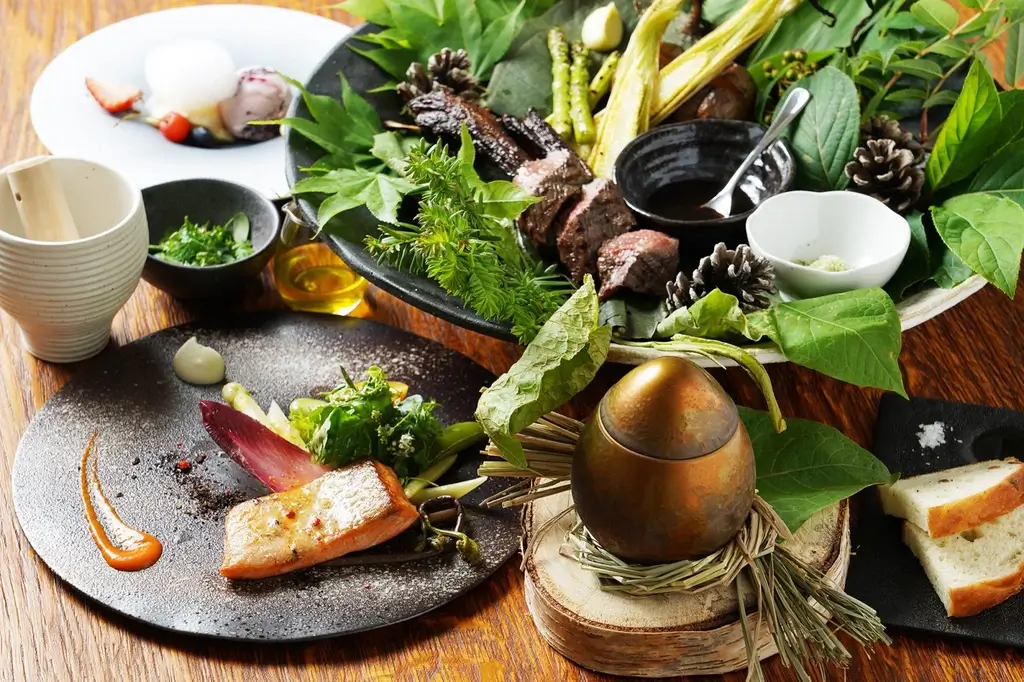
Sito and More: A Closer Look at Ainu Cuisine
Let’s dive deeper into the distinctive features of indigenous Ainu cuisine and explore delicious dishes like sito!



